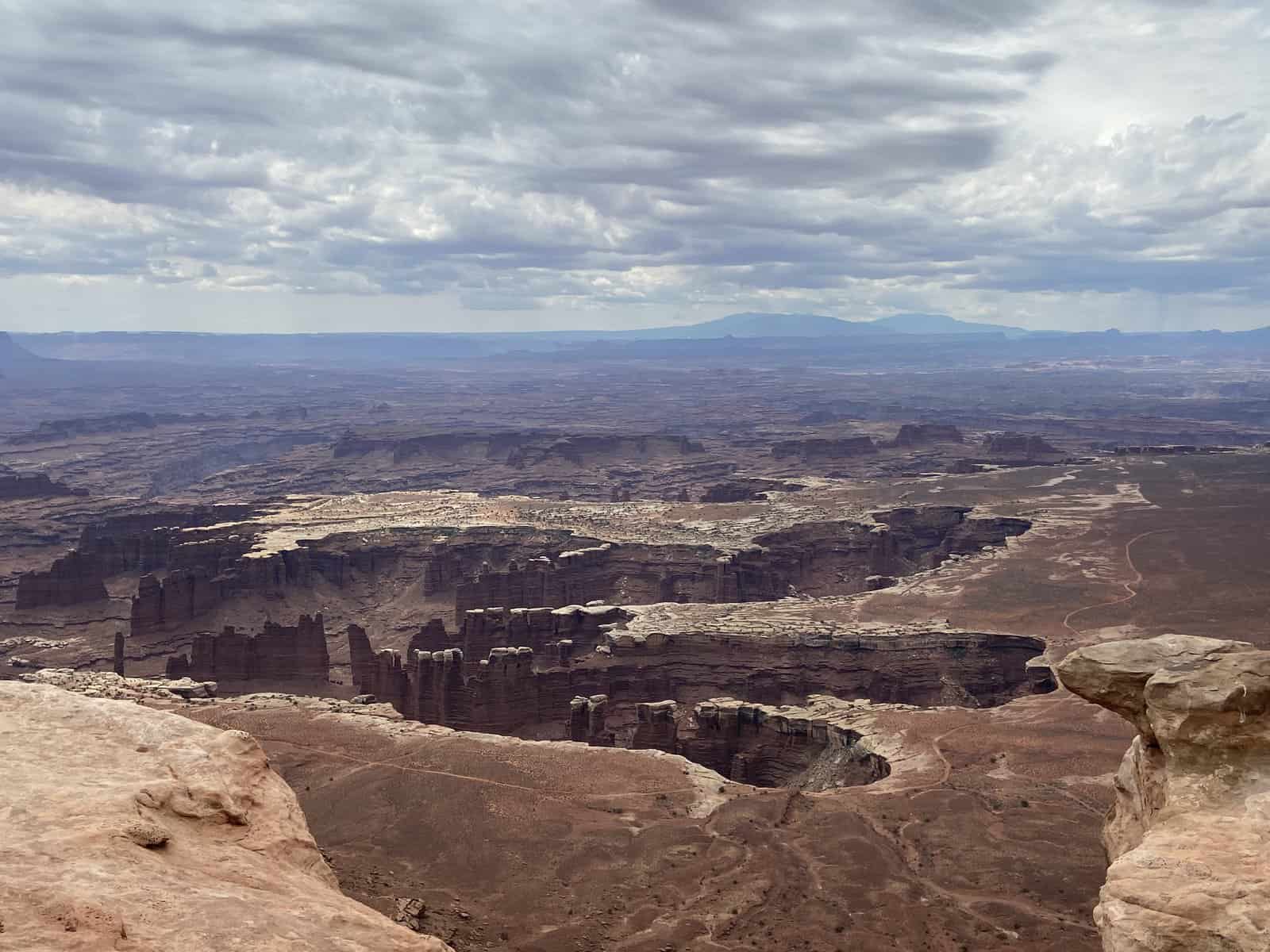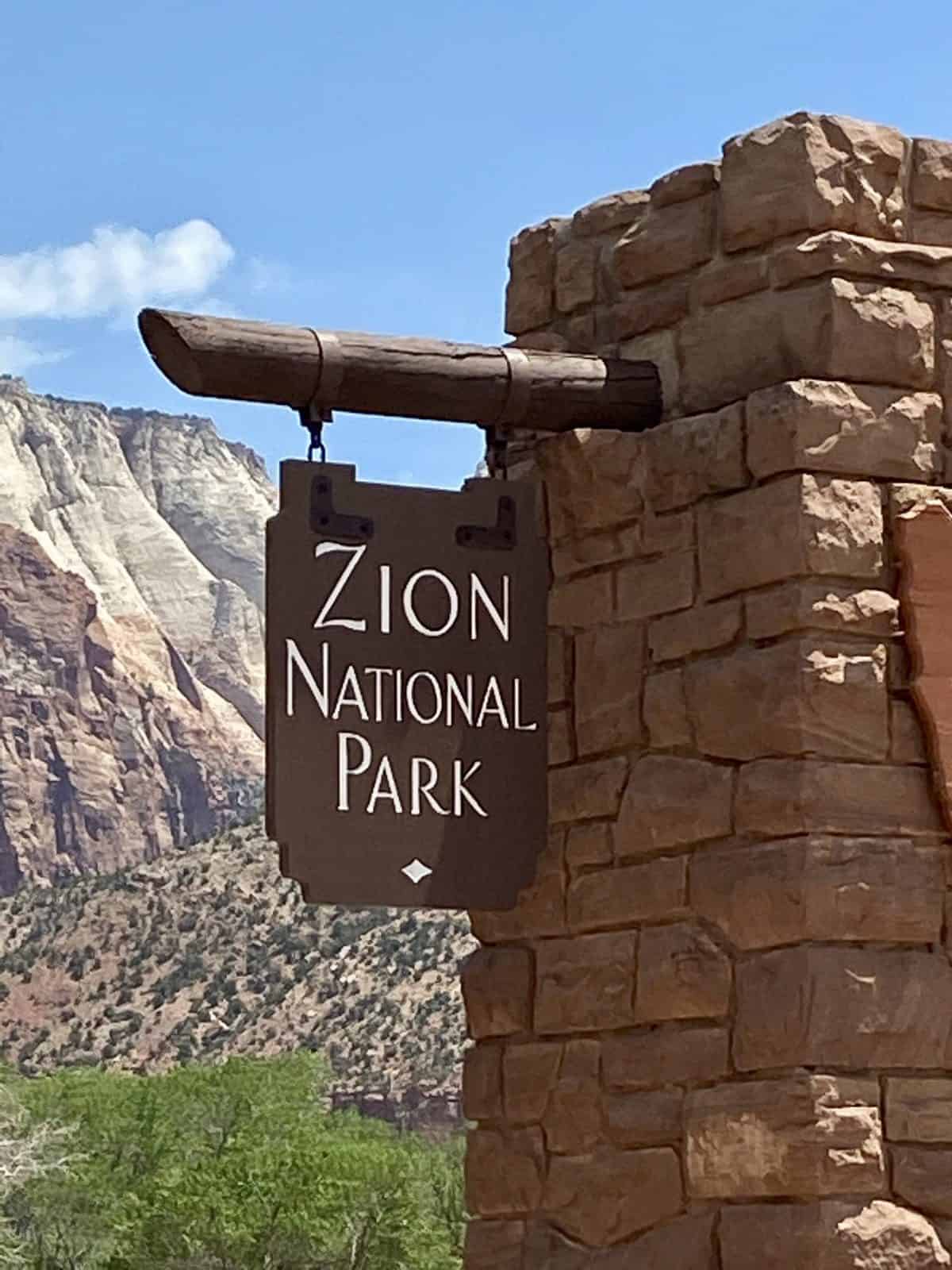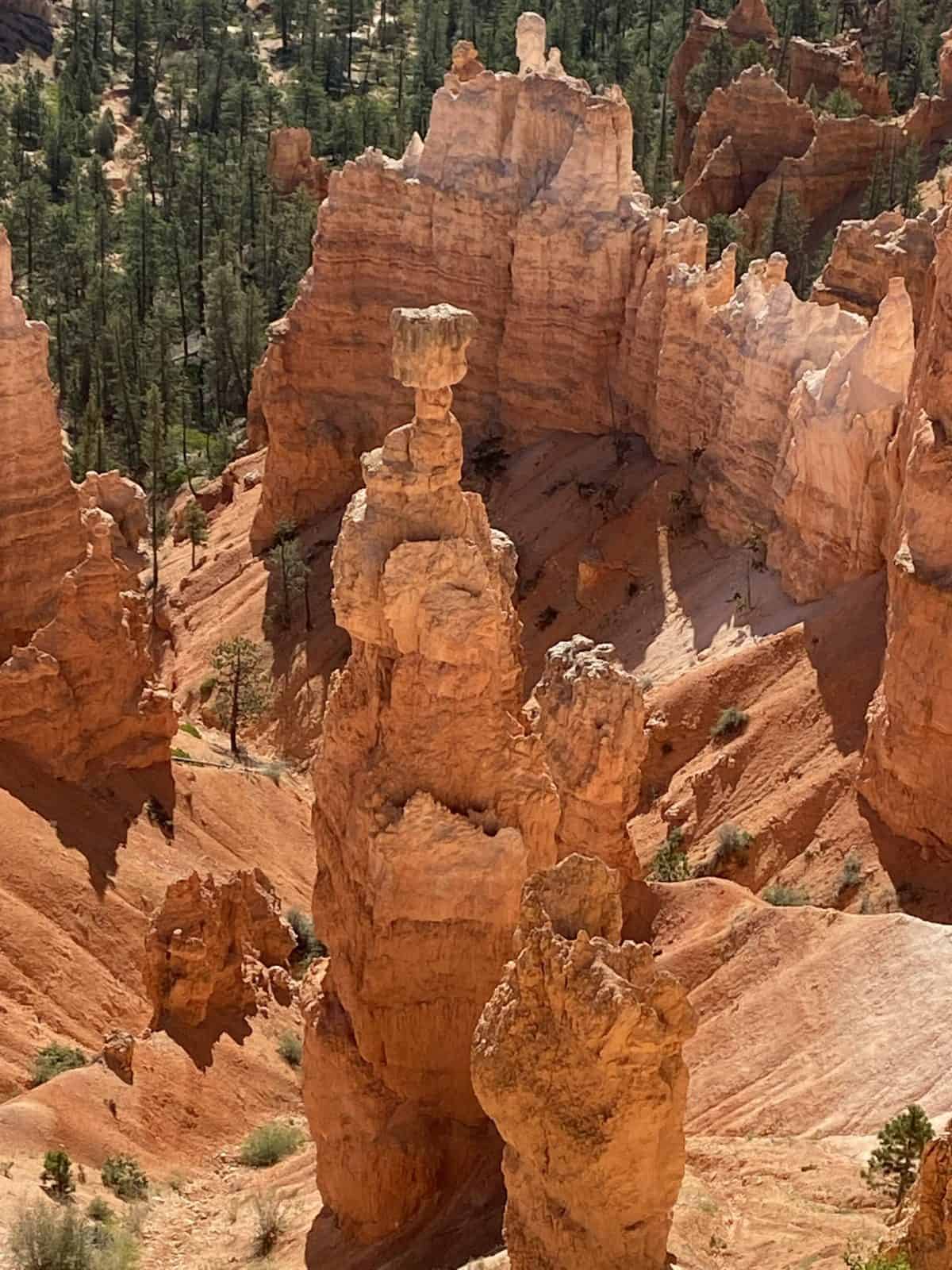National Park Guide: Arches National Park in Utah
Arches National Park in Moab, Utah, one of the most popular National Parks in America with two million visitors each year, is home to over 2,000 cataloged arches formed by erosion and weathering over the past 65 million years. Learn more about how the arches were formed here. Today, the park covers over 76, 000…
National Park Guide: Canyonlands National Park in Utah
The entire Canyonlands National Park, located in the eastern part of Utah, covers over 337,000 acres of canyons, mesas, buttes, arches, and spires. The geology of the park includes over a dozen layers of various sandstones, ranging from Navajo Sandstone down to Cedar Mesa Sandstone. CanyonLands is home to several archeological sites with structures one…
National Park Guide: Capitol Reef National Park in Utah
Capitol Reef National Park, located in Surrey, Utah, opened as a National Monument in 1937 and officially became a National Park in 1971. The entire state of Utah was once a sand dune (200 million years ago) and overtime, various geological feats created the park. The geology of the park is quite complex (attend a…
National Park Guide: Zion National Park in Utah
Zion National Park in Springdale, Utah is the most popular park in Utah and, with over five million visitors every year, one of the most popular parks in America. The park spans over 124, 000 acres, with over 90 miles of hiking trails and plenty of family friendly activities. Rock squirrels and deer are EVERYWHERE…
National Park Guide: Bryce Canyon National Park in Utah
This post is the first in a series we’ll be sharing about our adventures of summer 2021, when we embarked on a 4 week road trip that included 9 National Parks (bringing our total to 12) and many other cool sites across the country. We must disclose that we are NOT serious hikers, even after…





